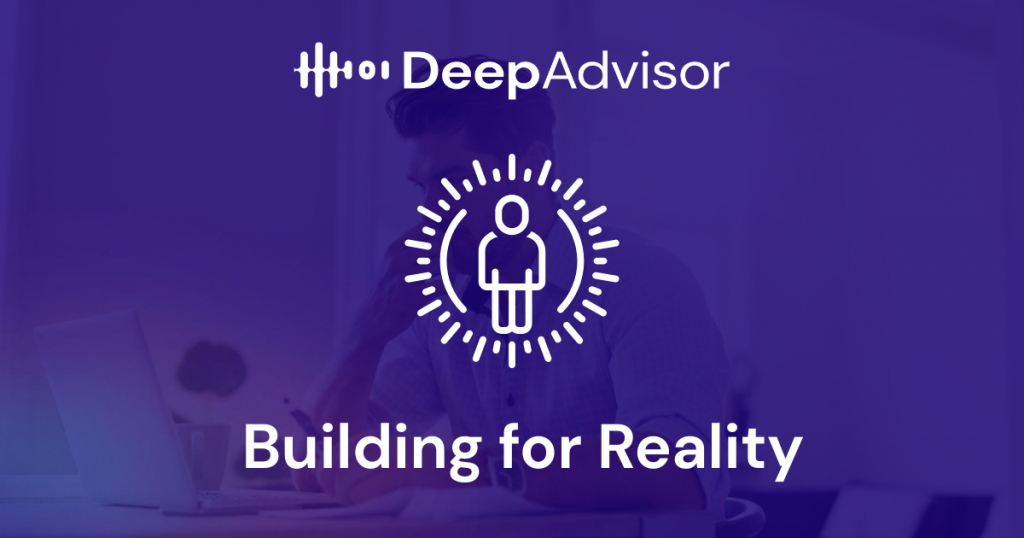Building for Reality: The Core Components of a Robust GenAI B2B Solution
by Christian Ruck – Co Founder of Deepadvisor
Everyone is talking about building with GenAI, but here’s the hard truth: most B2B solutions are merely thin wrappers around a large language model (LLM). While these solutions may shine in quick demos, they often falter when confronted with real-world enterprise demands for reliability, security, and true process automation.
Transitioning from a proof of concept (PoC) to a production-grade GenAI product isn’t just about improving prompts; it’s about creating a robust, intelligent architecture.
So, what distinguishes a “wrapper” from a genuine, value-driven B2B GenAI solution? It boils down to having a proper AI Operating System (OS). Based on my experience in building and analyzing these platforms, here are the essential components:
The Brain: The AI’s Reasoning and Execution Core
This is what grants the AI its trustworthy agency and consists of two distinct but interconnected parts:
1. The Playbook (Dynamic Process Ontology): This acts as the AI’s strategic knowledge base. It’s a semantic model that codifies your unique business processes, concepts, and goals. This isn’t merely a set of instructions; it’s the context that enables the AI to understand why a task is essential and adapt to your specific operational methods, making it both robust and intelligent.
2. The Orchestrator (Execution Framework): If the Playbook represents the ‘why,’ then the Orchestrator is the ‘how.’ This powerful execution engine transforms the strategy from the Playbook into a concrete action plan. It sequences tasks, manages states, and reliably runs complex workflows from start to finish, centralizing task management and enabling true hands-off automation.
The Memory: Hybrid Neuro-Symbolic Data Fabric
This component addresses the hallucination problem. An LLM’s creativity is ineffective if it’s not connected to reality.
This data layer unifies all your company data—both structured (like databases and transactional data) and unstructured (such as documents, emails, and audio/video files). It combines the probabilistic power of LLMs with deterministic, factual queries, resulting in outputs that are verifiable, auditable, and trustworthy. This credibility is essential for enterprise adoption.
The Hands: Tooling and Integration Framework
An autonomous agent is only as effective as its ability to act.
This goes beyond basic API connectivity; it offers a flexible, secure, and standardized framework for interacting with your existing internal and external systems. It provides the governance needed to accelerate enterprise-wide deployment safely.
My Perspective: The Framework Dilemma
Open-source frameworks like LangChain are excellent for getting started and developing prototypes, democratizing access to GenAI. However, when building a scalable B2B product, you will inevitably encounter limitations in reliability, performance, and customizability.
To deliver true enterprise-grade quality, you must evolve beyond these initial frameworks and invest in building these core OS components yourself. This is the only way to ensure the deep integration, process-driven autonomy, and verifiable trust that businesses require.
What are your thoughts? Have you experienced scaling limitations with off-the-shelf frameworks while building complex B2B solutions?

